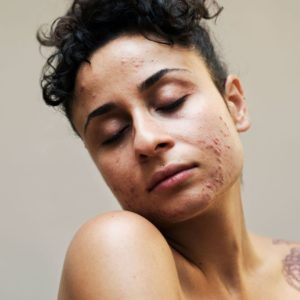
4 min|Dr. Jam Caleda
PRP Therapy for Chronic Low Back Pain
Regenerative Injection TherapyLumbar and pelvic instability in ligaments
Instability is a general term used when describing poor mobility which can be appreciated by either overly loose or overly restricted joint movement. The lumbar spine and pelvis are skeletal structures stabilized by ligaments, a dense fibrous tissue that holds the bones in place during motion. It is possible for ligaments to reduce in their capacity to stabilize the bones, either through degenerative changes, repetitive strain, or even old injuries that have not healed properly.
When this occurs, the joints that are supposed to be held together with ligaments experience laxity. This can result in a sensation of soreness or aching in or around the low back. Pain can also radiate to the glutes, hips, and even down the legs. Often times, when ligaments are compromised, the muscles around the loose joints have to work harder to provide the extra stability, leading to muscular tension.
Symptoms usually get worse when a patient is sitting or standing in poor postures for long periods of time, after heavy lifting, or long exercise. Generally movement and stretching helps alleviate some discomfort. Massage, Chiropractic adjustments, and physiotherapy also help but are usually temporary. Other symptoms that can present may be tightness in the hips, glutes, knees, and upper back, weakness of the low back and glutes, nerve pain down the legs, and sometimes poor bladder control, gas and bloating, and worsening menstrual symptoms.
When ligaments are compromised, the muscles around the loose joints have to work harder to provide the extra stability leading to muscular tension.
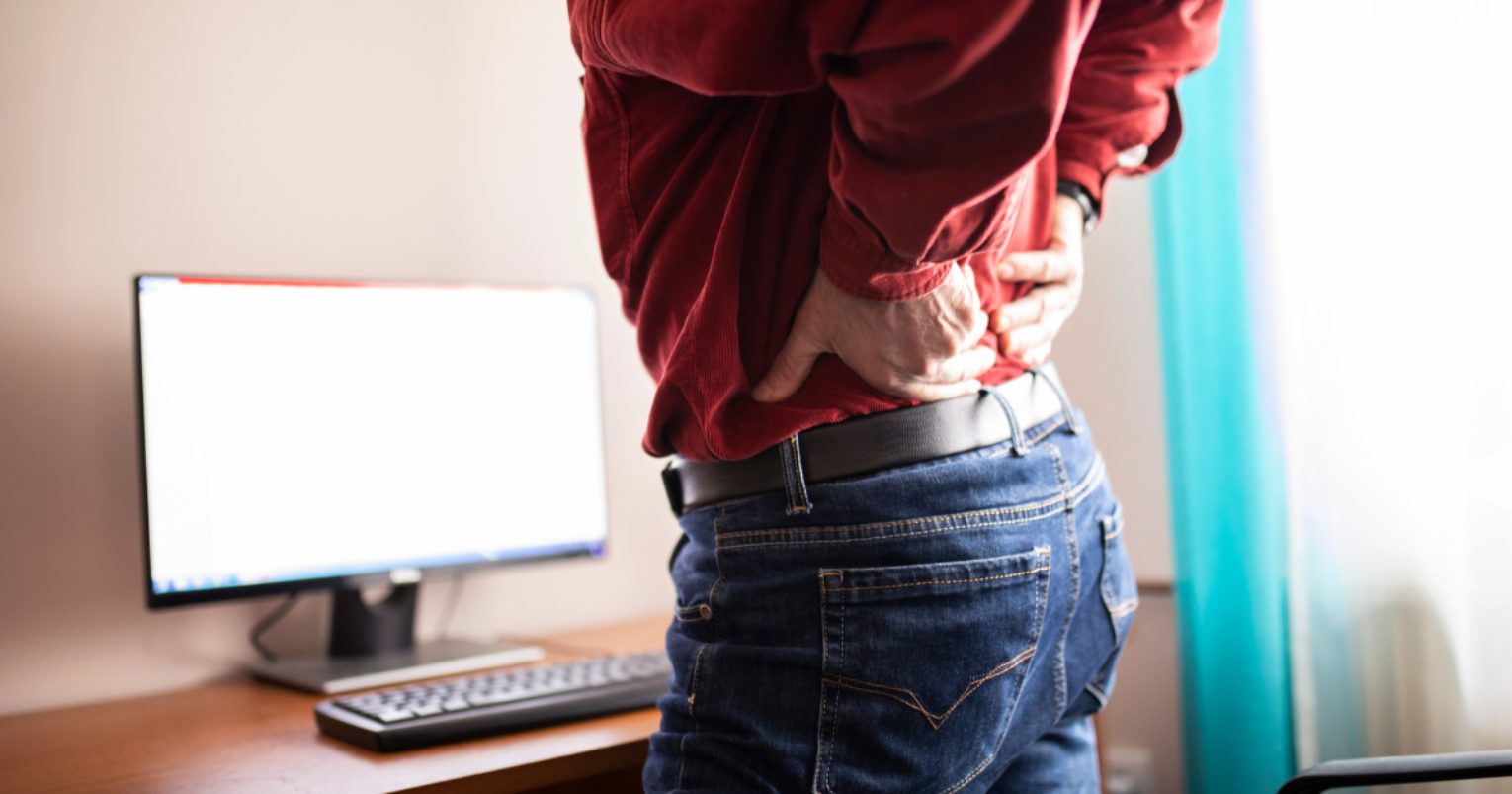
How do we help stabilize these ligaments?
Ligaments tend to have difficulty healing when injured due to a lack of blood flow. Blood is a connective tissue which provides a transport of signalling molecules, growth factors, and cells to help heal an injury. This inflammatory response and proper resolution is how the body naturally heals itself. Conservative therapies like physiotherapy and resistance training can help potentiate blood flow to general regions and activate muscle groups for stability.
Prolotherapy and Platelet-Rich Plasma (PRP) are injection therapies that can provide the cellular regeneration that ligaments and tendons need to heal. These treatments are ultrasound-guided procedures that use an injection of a material which stimulates inflammation and creates pathways for increased blood flow. The blood delivers signalling molecules, growth factors, and circulating stem cells to tissue deprived of these materials which create the building blocks for regeneration.
Prolotherapy solutions use a high concentration dextrose solution with anesthetic to stimulate the inflammatory response. PRP promotes a more robust response to prolotherapy and, in some cases, provide a better outcome, depending on other factors. The injectant for PRP is derived from the patient’s own blood. We draw blood and separate the platelets, circulating growth factors and stem cells and use this material to inject back into the damaged tissue.
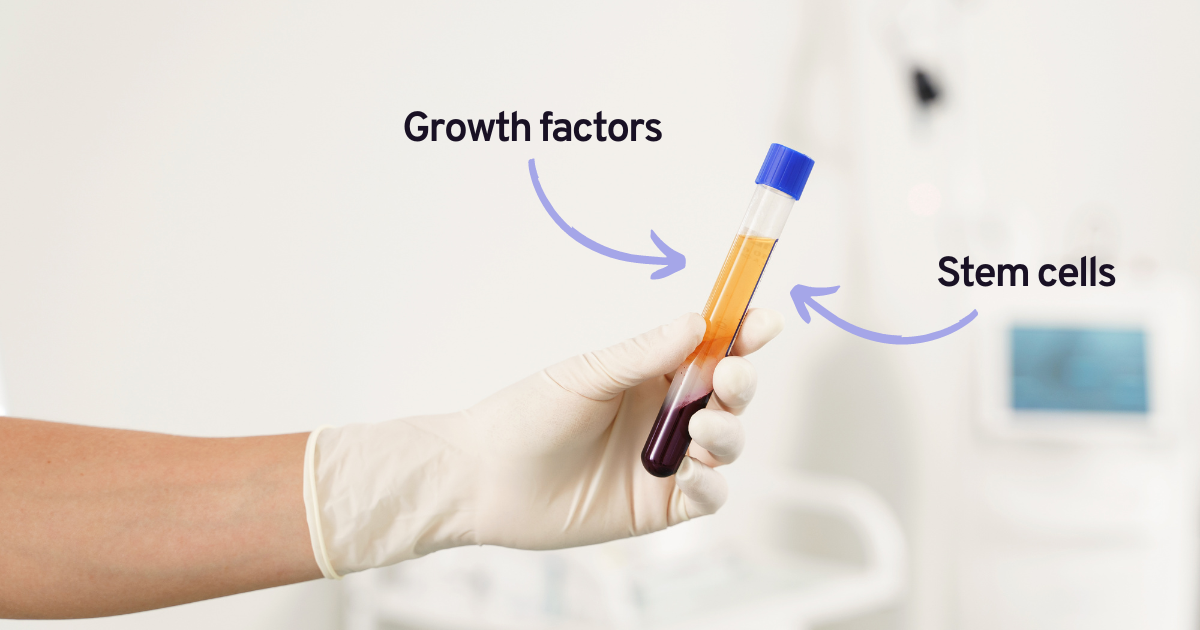
What to expect during treatment?
The procedure itself takes about 10-60 minutes to perform. I will assess for the appropriate sites that are contributing to instability and use the ultrasound to ensure accurate delivery of the material into the injured tissue. During the treatment, you can expect to feel a small poke from the needle and, sometimes, a recreation of familiar discomfort or pain. I tend to use anesthetic to make the procedure tolerable and as least uncomfortable as possible.
For the next couple of days, expect to feel a general pain, soreness, or recreation of symptoms which may feel more painful than the typical discomfort. Most patients tolerate the increased discomfort very well, but can use heat, ice, general movement, or in some cases medication to manage exacerbations. AVOID non-steroidal and steroidal anti-inflammatories 48 hours prior and at least 4 weeks after the procedure as these medications may interfere with the healing process.
Depending on the severity of injury and other factors, you may expect to do 1-6 treatments over the course of 3-6 months. Most patients will feel improvement after 1-2 treatments or after 2-6 weeks following treatment.
Takeaway
When performed correctly from an experienced doctor, Regenerative Injection Therapies are a safe and effective treatment for many cases of pain caused by instability. Significant research over the last decade have highlighted the efficacy in clinical settings and thousands of patient cases provide robust evidence to support its use. It is a continuously growing field of non-invasive treatments that can help people who suffer from low back pain.
As with all medical interventions, always consult with your healthcare practitioner prior to receiving treatment. If you think Regenerative Injection Therapy is right for you, call us to schedule your consultation - (604)738-1012, ext. 1.
Related Articles
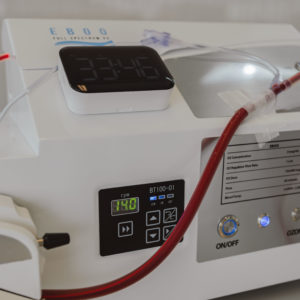
4 min|Dr. Alex Chan
EBOO for Chronic Inflammation: A Natural Approach for Systemic Relief
Regenerative Medicine, EBOO Therapy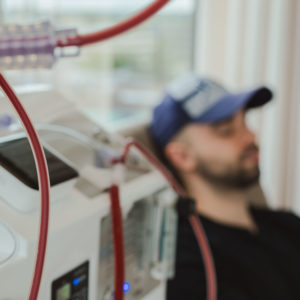
4 min|Dr. Alex Chan
EBOO Therapy for Autoimmune Conditions: Exploring the Potential Benefits
Autoimmune Disease, Regenerative Medicine, EBOO Therapy